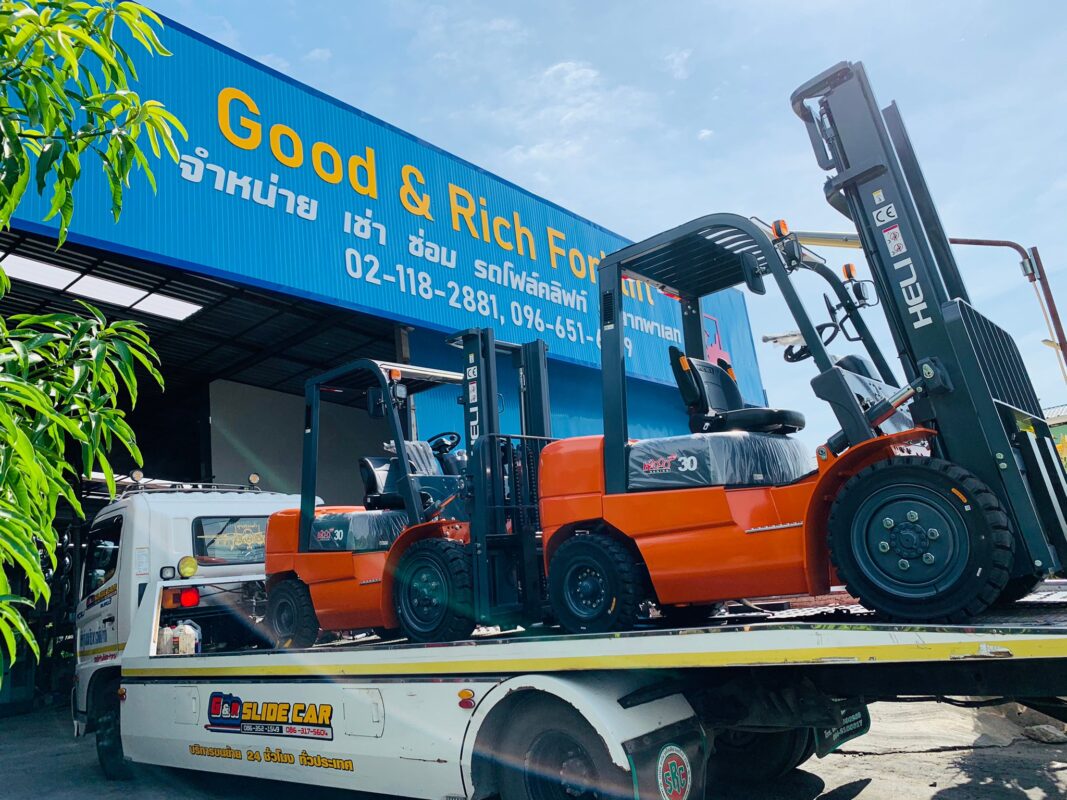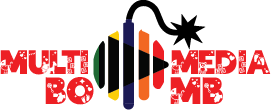BUSINESS & FINANCE
Why use a forklift for business?


Forklifts are possibly one of the most essential tools for many business owners across industries, out of all the industrial equipment accessible today. Forklifts are the heavy lifters that allow enterprises to move large amounts of stuff quickly. Newly built forklifts, on the other hand, are costly. A forklift’s price is affected by a number of elements, including its size, capacity, and any attachments required based on how a business owner intends to use it. While purchasing old forklifts would save money, many forklifts have been modified over the years to be used in ways that were not envisaged during the design process.
Movement of Materials in the Interior
Most people are aware that forklift heli are used for loading and unloading trucks, transporting, stacking, and picking in indoor locations such as attached and detached warehouses and distribution centers. Pallets are typically lifted or pulled by forklifts in these scenarios. However, huge single or stacked boxes, crates, drums, equipment, and other things are also transported without pallets. Side-lifting, small lanes, and high shelves/areas are among the difficulties and circumstances that forklifts are designed to handle.
Movement of Outdoor Materials
Many people automatically think of outdoor lumber, hardware, and home and garden areas when they think of forklifts. Another popular outdoor location is construction sites. Heavy building materials and other construction-related goods, such as trash and recycling bins, dumpsters, and portable toilets, are frequently moved using forklifts with rugged designs. They can also transport and dump things into larger containers, such as dumpsters, or into ditches or down the side of a hill, using a portable container or hopper attachment. Forklifts can also be found transporting pallets on docks, container yards, junkyards, recycling centers, and other locations.
People Transportation
Aerial or bucket work lifts, cranes, and platforms have all been replaced by forklift trucks for moving people indoors and outdoors. Smart business owners follow OSHA safety guidelines and employ forklift attachments that prevent falls, such as specifically constructed safety cages and platforms. People use forklifts to manually pick or stack products, do inventory or maintenance tasks, clean hard-to-reach regions, and even trim trees that are too tall to reach from the ground but not short enough to justify the time and money spent on other equipment.
Other Specialty Applications
A forklift is used as a sweeper with a broom attachment to wet or dry sweep warehouse and dock floors, as well as parking lots. There are other attachments for dust mopping. To plow away loose dirt heaps and snow, some business owners attach a plow to the front of a forklift. Spills are easily removed with the broom and plow attachments. Finally, several companies equip forklifts with a boom attachment so that they can be used as loading cranes.
Training Resources
Forklifts are, of course, used to train new forklift operators and mechanics. Because a business owner or training organization does not have to worry as much about losing a major monetary investment if a driver or repair trainee suffers cosmetic or other damage while learning their craft, a secondhand forklift is ideal for this type of employment. Used forklifts provide certified high quality at a reduced price in all of these applications. Many of the used forklifts were purchased from businesses. As a result, there are many low-cost, old forklifts available. Used forklifts are a wonderful option because they’re easy to maintain and replace.
Preventing downtime
The primary purpose of a forklift is to reduce downtime. Downtime results in a stunning financial loss. Whether it’s slower operations for hourly employees or losing money on a slow-moving product, you can reduce downtime, save a lot of money, and save time and effort by harnessing the benefits of a forklift.


